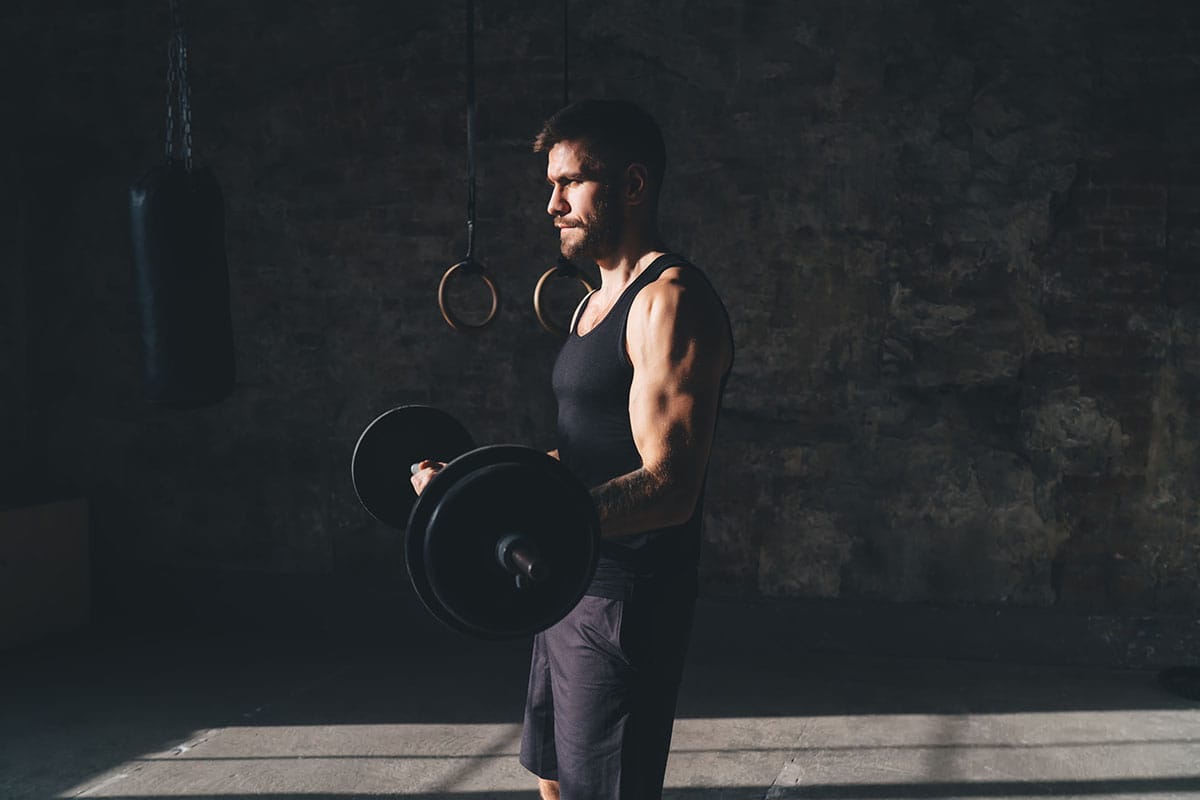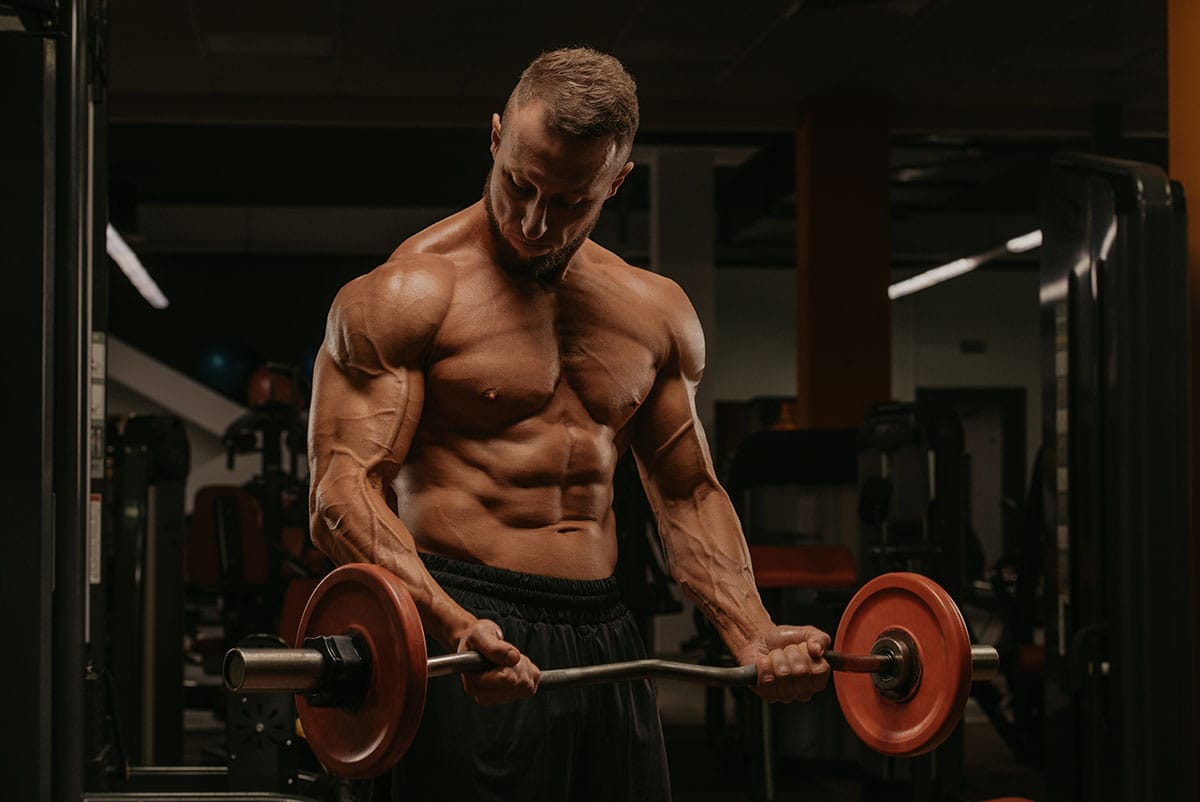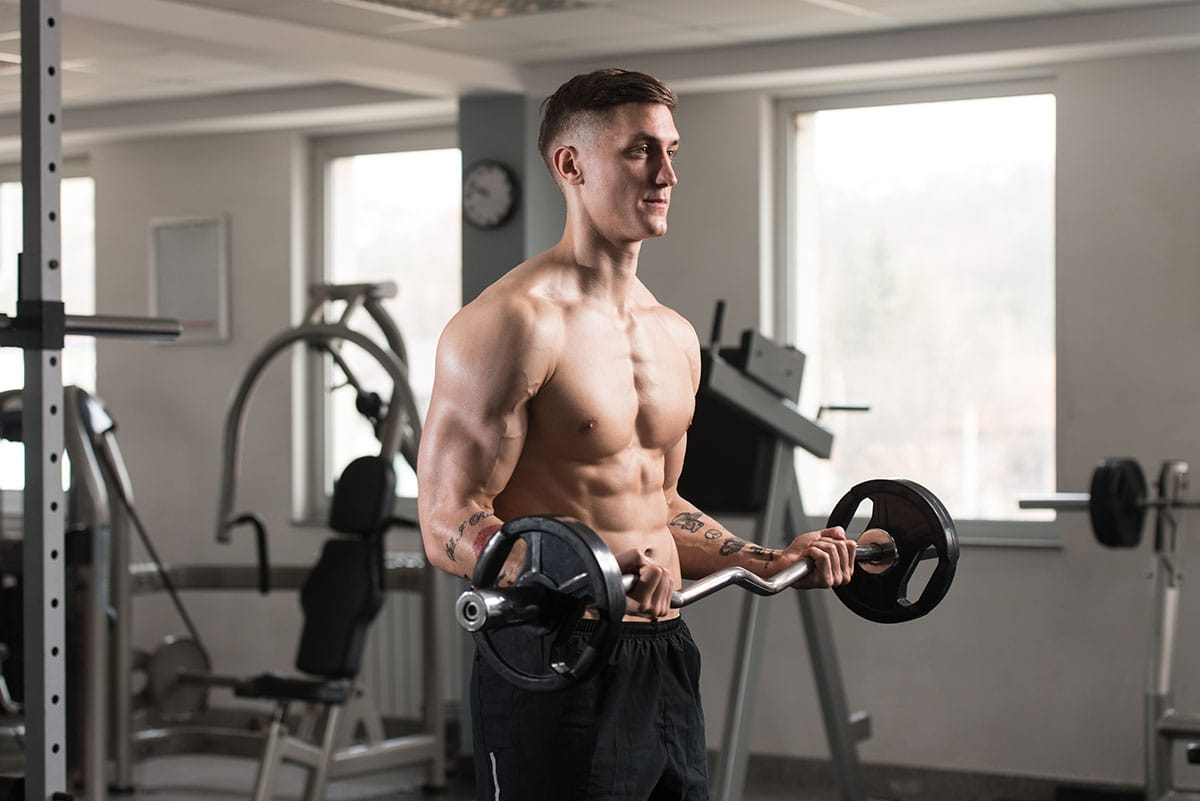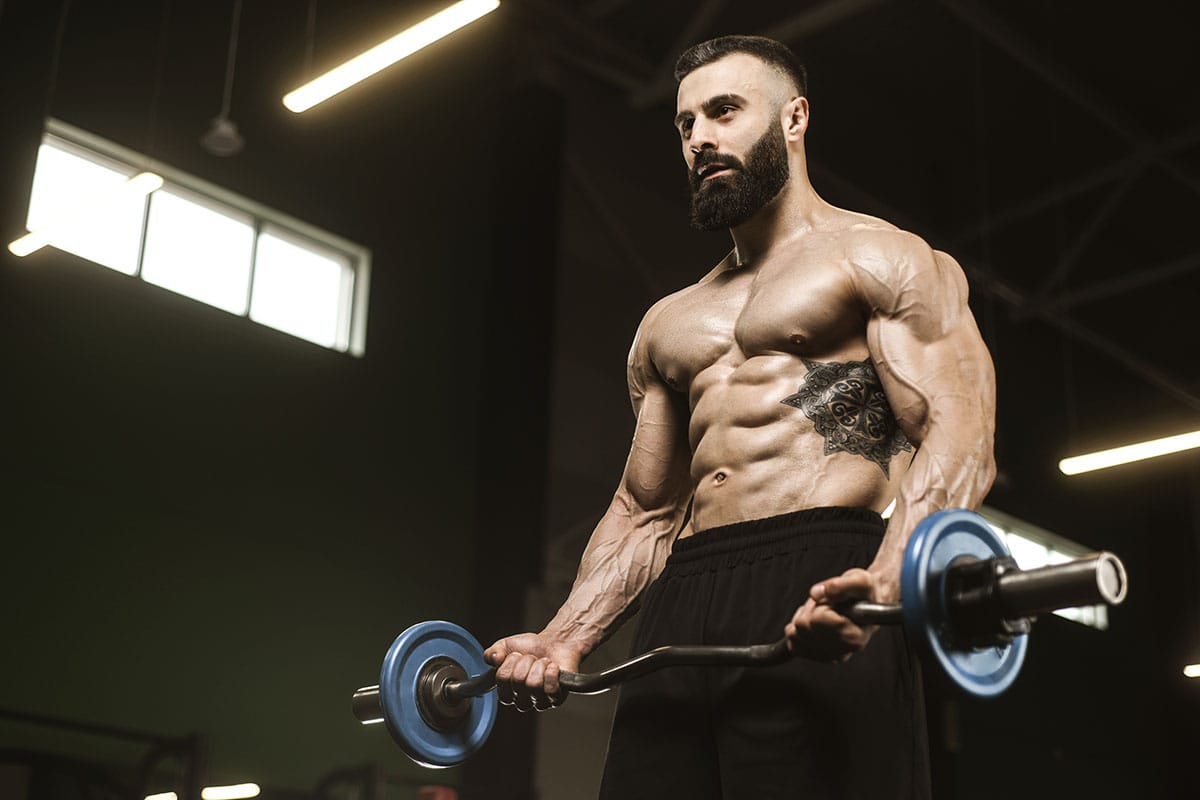Cheat Curls: Boost Your Biceps with This Powerful Exercise
If you're looking to spice up your bicep workouts and push your gains to the next level, you've come to the right place.
Today, we're diving deep into the world of cheat curls. You might have heard some mixed opinions about them, but trust me, when done right, they can make a huge difference in your arm gains. So, let's get started!
What Exactly Are Cheat Curls?
First things first, what are cheat curls? Simply put, cheat curls are a variation of the traditional bicep curl. The key difference? You use a bit of body momentum to lift heavier weights. Unlike strict curls, where you keep your body still and focus solely on your biceps, cheat curls allow you to use your hips and back to help lift the weight.
This little "cheat" gives the cheat curl a compound bicep exercise flavor and can help you lift more than usual, giving your muscles a new challenge.
Additionally, A study found that exercises like cheat curls, which allow for heavier weights, can significantly increase muscle activation compared to strict curls. This increased activation leads to greater muscle hypertrophy and strength gains, making it a great exercise for those with bad bicep genetics.

Why Bother with Cheat Curls?
You might be wondering, "Why should I cheat in my workouts?". Great question! Here are a few reasons why cheat curls are worth considering:
- Muscle Growth and Strength: By lifting heavier weights, you can trigger more muscle growth and strength. It's all about pushing your limits!
- Breaking Through Plateaus: Stuck in a rut with your bicep gains? Cheat curls can help you break through those plateaus by providing a new stimulus for your muscles.
- Overall Bicep Development: Cheat curls allow you to overload your biceps in a way that strict curls simply can't. This can lead to better overall arm development and make the cheat curls a great addition to an aesthetic workout.

How to Do Cheat Curls Like a Pro
Alright, let's get into the nitty-gritty of performing cheat curls correctly. Here's a step-by-step guide to help you out:
- Get in Position: Stand with your feet shoulder-width apart. Grab a barbell with an underhand grip, hands about shoulder-width apart.
- Start the Curl: Begin with a slight bend in your knees and a small backward lean. As you lift the barbell, use a controlled hip thrust to help move the weight upward.
- Finish Strong: Lower the barbell slowly and under control. This eccentric phase is crucial for muscle growth.
Common Mistakes to Avoid:
- Overusing body momentum, which can lead to injury.
- Neglecting the lowering phase of the curl.
Safety Tips:
- Warm up properly before attempting cheat curls.
- Choose a weight that allows for controlled movement without excessive swinging.
Cheat Curls vs. Other Bicep Exercises
Now, let's compare cheat curls to some other popular bicep exercises. This will help you understand where they fit into your routine.
Strict Curls:
- Comparison: Strict curls isolate the bicep more but limit the weight you can lift.
- Pros: Great for muscle isolation and beginners.
Hammer Curls:
- Comparison: Hammer curls target the brachialis and forearm muscles more than cheat curls.
- Pros: Balanced development of the upper arm.
Concentration Curls:
- Comparison: Concentration curls offer maximum isolation but are limited in the weight you can use.
- Pros: Ideal bicep peak exercise for definition.

Adding Cheat Curls to Your Workout
Wondering how to fit cheat curls into your workout routine? Here are some sample plans for different fitness levels:
Beginner: 3 sets of 8-10 reps, once a week.
Intermediate: 4 sets of 6-8 reps, twice a week.
Advanced: 5 sets of 4-6 reps, focusing on progressive overload.
Frequency and Volume:
- Balance cheat curls with other bicep exercises to avoid overtraining.
- Adjust volume based on recovery and overall workout intensity.
Combining with Other Exercises:
- Pair cheat curls with tricep exercises to avoid muscle imbalances.
- Incorporate compound movements like pull-ups and rows.
Busting Myths About Cheat Curls
There are a lot of myths floating around about cheat curls. Let's clear some of them up:
Myth: Cheat curls are only for advanced lifters.
- Fact: With proper form, lifters of all levels can benefit from cheat curls.
Myth: Cheat curls always lead to injury.
- Fact: When performed correctly, cheat curls are safe and effective.
Remember, the key to success with cheat curls is balance and control. Use them as a tool to push your limits while maintaining good form and safety.

FAQ About Cheat Curls
Q: Are cheat curls bad for your back?
A: If done improperly, cheat curls can put strain on your lower back. It's crucial to use controlled movements and avoid excessive swinging. Always engage your core to protect your back.
Q: How often should I do cheat curls?
A: It depends on your overall workout routine and goals. For most people, incorporating cheat curls once or twice a week is enough. Make sure to balance them with other bicep exercises to avoid overtraining.
Q: Can beginners do cheat curls?
A: Yes, beginners can do cheat curls, but it's important to start with lighter weights and focus on proper form. As you become more comfortable with the movement, you can gradually increase the weight.
Q: What's the difference between cheat curls and power curls?
A: Cheat curls use body momentum to assist in lifting the weight, while power curls are a more explosive movement that often involves a full-body effort. Both exercises aim to lift heavier weights but differ in execution.
Q: Should I use cheat curls if I have a shoulder injury?
A: If you have a shoulder injury, it's best to consult with a healthcare professional or physical therapist before attempting cheat curls. They can advise you on safe modifications or alternative exercises.
Q: Do cheat curls work other muscles besides the biceps?
A: Yes, cheat curls also engage your forearms, shoulders, and core. The added momentum from your hips and back means you're working multiple muscle groups, making it a more complete exercise.
The Takeaway
So, there you have it! Cheat curls can be a fantastic addition to your strength training regimen. They offer unique benefits that strict curls and other bicep exercises might not provide. Understanding the proper techniques and incorporating them responsibly can enhance your muscle growth and overall arm development. Give them a try and see how they can help you reach your fitness goals.
Are you ready to conquer the body of a Greek god? We’ve made it simple to work on customized fitness plans or to introduce a little friendly competition to your fitness community by sharing exercises with your friends. Get started for free through the Flex fitness app.
Related articles


Get fit with Flex
Build muscle & lose weight fast for free.
Available on iPhone + Apple Watch





